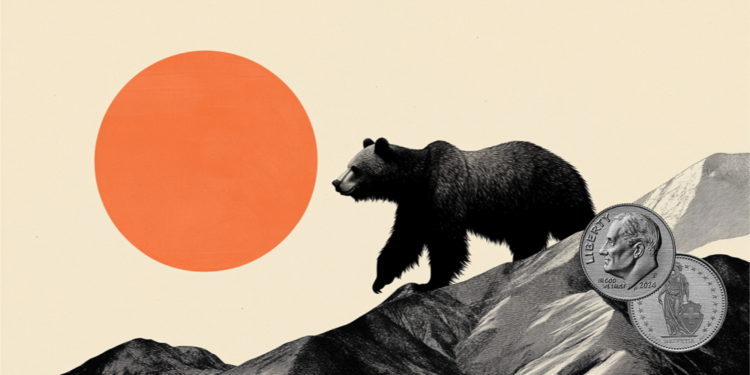A study conducted by the University of Texas at Austin reveals data on the diversity of dinosaurs and birds in the Patagonia during the Late Cretaceous, just before the extinction of non-avian dinosaurs.
The fossils represent the first record of theropods – a group of dinosaurs that includes modern birds and their closest non-avian dinosaur relatives – from the Chilean portion of Patagonia. The researchers’ findings include giant megaraptors with large, sickle-shaped claws and birds from the group that also includes today’s modern species. THE study was published in the Journal of South American Earth Sciences.
“The Patagonian fauna that predated the mass extinction was really diverse,” said lead author Sarah Davis, who completed the work as part of her doctoral studies with Professor Julia Clarke in the Department of Geological Sciences at the School of Geosciences. from UT Jackson, in the United States. “You have your large theropod carnivores and smaller carnivores, as well as these groups of birds coexisting alongside other reptiles and small mammals,” she said in a statement.
To build a record of ancient life in the Patagonian region, experts teamed up with collaborators from Chile to collect fossils. Over the years, researchers have found abundant fossils of plants and animals from before the asteroid impact that killed off the dinosaurs.
The study focuses specifically on theropods, with fossils dated to 66 to 75 million years ago. Non-avian theropod dinosaurs were primarily carnivores and included the top predators in the food chain. This study shows that in prehistoric Patagonia, these predators included dinosaurs from two groups – megaraptors and unenlagiines.
Reaching over 7 meters in length, megaraptors were among the largest theropod dinosaurs in South America during the Late Cretaceous. The unenlagiines – a group with members ranging from the size of a chicken to over 10 feet tall – were likely covered in feathers, just like their close relative, the velociraptor. The unenlagiinae fossils described in the study are the southernmost known instance of this group of dinosaurs.
Bird fossils were also of two groups – enantiornithine and ornithurine. Although now extinct, enantiornithines were the most diverse and abundant birds millions of years ago. These looked like sparrows – but with beaks lined with teeth. The ornithurae group includes all modern birds living today. Those who lived in ancient Patagonia may have looked like a goose or duck, although the fossils are too fragmentary to be sure.
Identification process
The researchers identified theropods from small fossil fragments. Dinosaurs were classified mainly by teeth and fingers, birds by small pieces of bone. According to Sarah, the brightness of the enamel on the dinosaurs’ teeth helped to locate them in the rocky terrain.
Researchers suggest that the Southern Hemisphere faced less extreme or more gradual climate change than the Northern Hemisphere after the asteroid impact. This factor may have made Patagonia and other places in the Southern Hemisphere a refuge for birds, mammals and other life forms that survived the extinction.
Experts hope that the recent study will contribute to the investigation of this theory, building a record of ancient life before and after the extinction event.
Co-author of the study, Marcelo Leppe, director of the Instituto Antártico de Chile, says that the records of the past are the key to understanding life as it exists today.
“We still need to know how life opened up in that apocalyptic scenario and gave rise to our southern environments in South America, New Zealand and Australia,” he said in a statement. “Here theropods are still present – no longer as dinosaurs as imposing as the megaraptorids – but as the diversity of birds found in the forests, swamps and mangroves of Patagonia, Antarctica and Australia.”
The research was funded by the National Science Foundation, Chile’s National Research and Development Agency, and the Jackson School of Geosciences. Researchers from the University of Chile, Major University, University of Concepción and the National Museum of Natural History of Chile participate in the investigation.
Source: CNN Brasil
Charles Grill is a tech-savvy writer with over 3 years of experience in the field. He writes on a variety of technology-related topics and has a strong focus on the latest advancements in the industry. He is connected with several online news websites and is currently contributing to a technology-focused platform.







